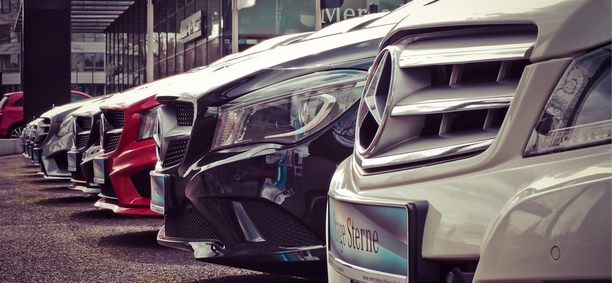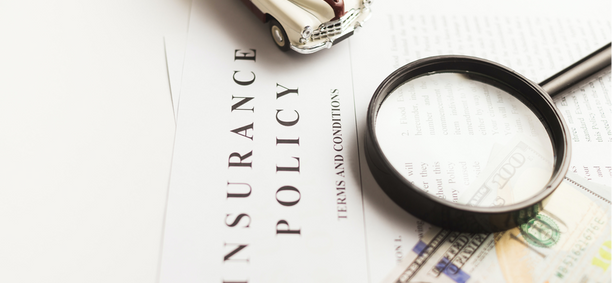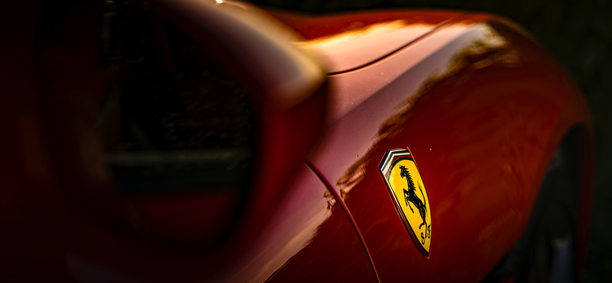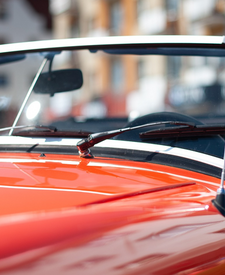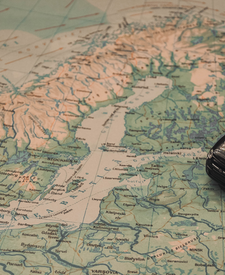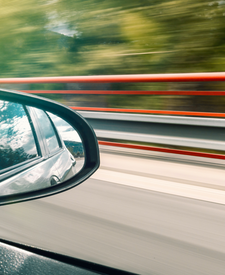Car Leasing
If you want the benefits of new car ownership without the high monthly repayments that new car ownership brings, leasing can often seem like an attractive option.
Car leasing is not without pitfalls however, and you should be very careful that you don't end up paying more for your lease car than you would for a new car.
We look at some of the pros and cons of car leasing and what to look out for if you do end up going down the lease car route.
Difference Between Leasing And Ownership
When you purchase a new car, you will probably make an initial down payment on the cost of the car and then continue to make monthly payments until you have paid of the remaining balance.
After that time, the car is yours.
Leasing is different in that you still make a down payment, but you then usually make significantly lower monthly payments until the lease agreement finishes, often in 2 to 4 years time. At this point, you either return the car, or take out an option to purchase the vehicle.
Considerations
There are some serious considerations that you should take into account before you sign a lease agreement. Let’s look at some:
Down Payments
When you lease a car, you are probably going to make an up-front payment. This can be a considerable expense.
Very often, the low payments you see advertised for the lease are funded by this initial payment.
But you should consider very carefully before paying more than a few thousand Dollars up front. That cash could be better used elsewhere, perhaps in a high interest savings account and be used subsequently to fund the lease payments.
Make sure your down payment is as low as possible and consider what could happen if your car was stolen or written off within the first couple of months of ownership. You could stand to lose a lot of money.
GAP Insurance
GAP, or guaranteed auto-protection insurance covers the difference between the amount that you owe on the lease, and the current market value of the car.
This can be significant of the car is stolen, or damaged. You need to ensure that you are not responsible for a hefty bill in such unfortunate circumstances.
You should always check to see if GAP insurance is covered in the lease, as you may have to fund the difference between the residual value and the value placed on the car by the insurance company, when the lease ends.
Wear And Tear
Never underestimate the number of miles you will put on your car, and the wear and tear that will accrue in running those miles.
Lease companies will often have a mileage limit, and you’ll be charged for exceeding that limit.
In addition, the lease-end condition of the car will have a big impact on any extra charges and/or residual value of the vehicle.
You should take these factors into account and carefully consider exactly what state you will be returning the car to the lease company. Remember – it’s their vehicle and ultimately you will be held responsible for any damage.
You really need to read the fine print of your lease agreement and be in no doubt what you are signing before you lease your car.
Potential Savings
Leasing a car can be a great way to drive a new car without the downside of huge monthly repayments.
There are some big pitfalls however, and you should do your homework and read your lease agreement carefully before you sign.


